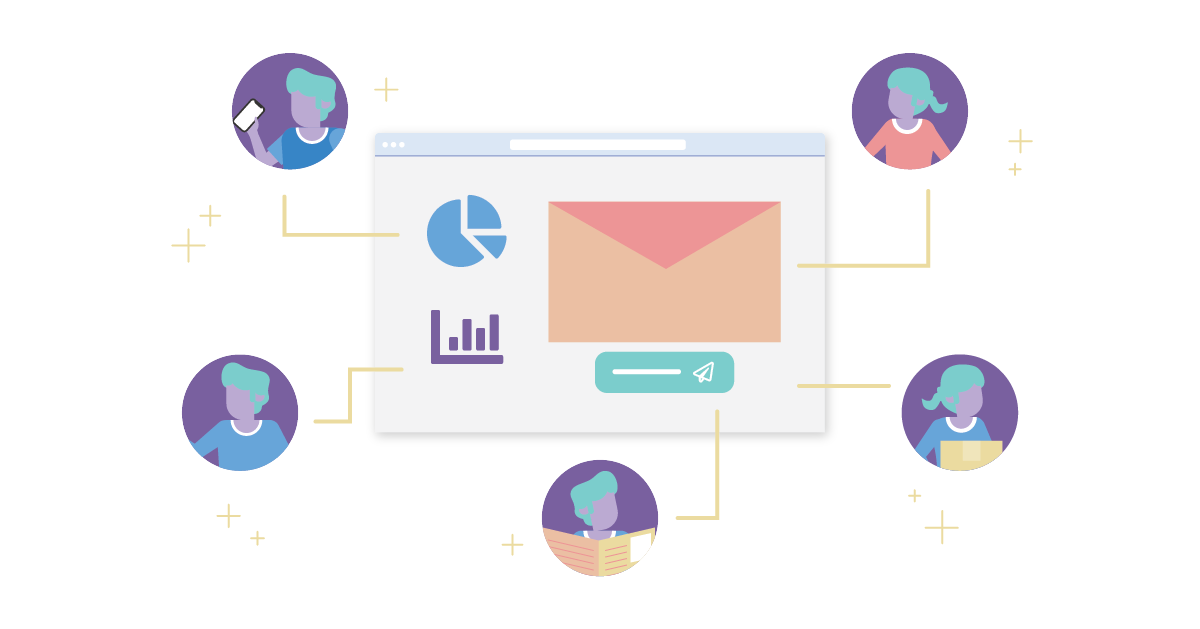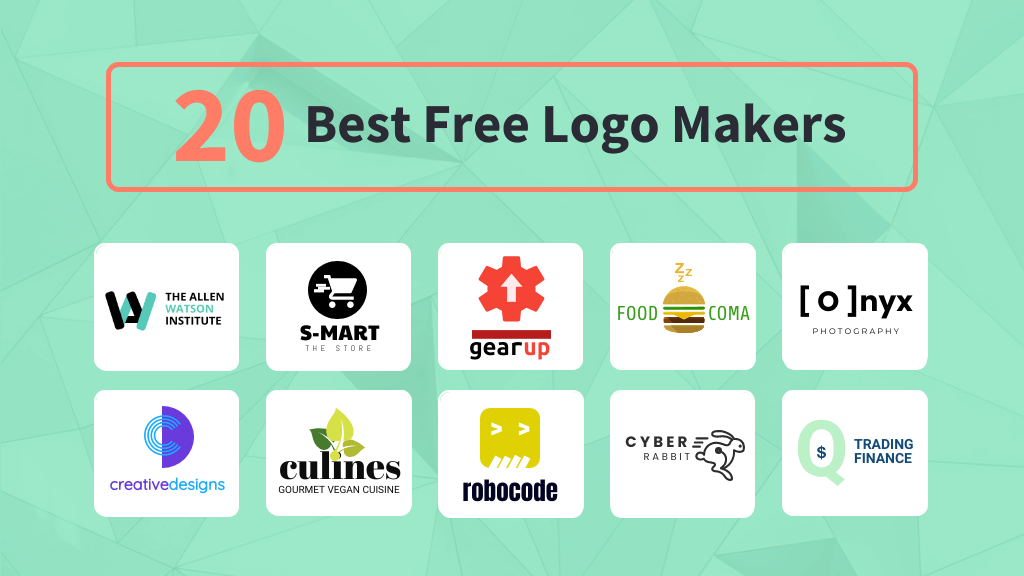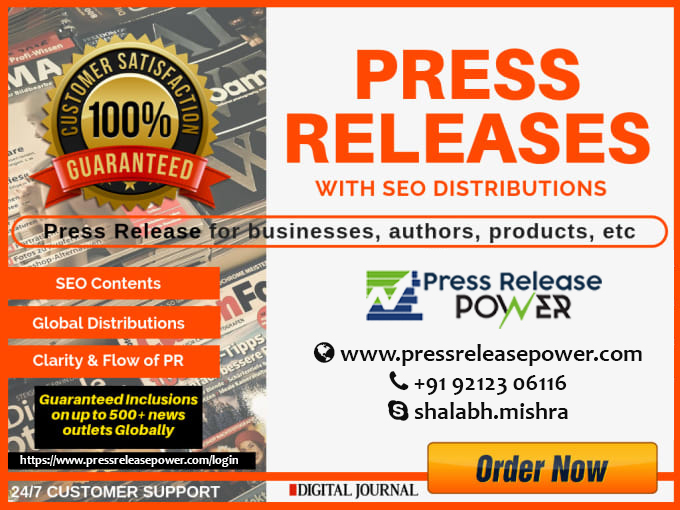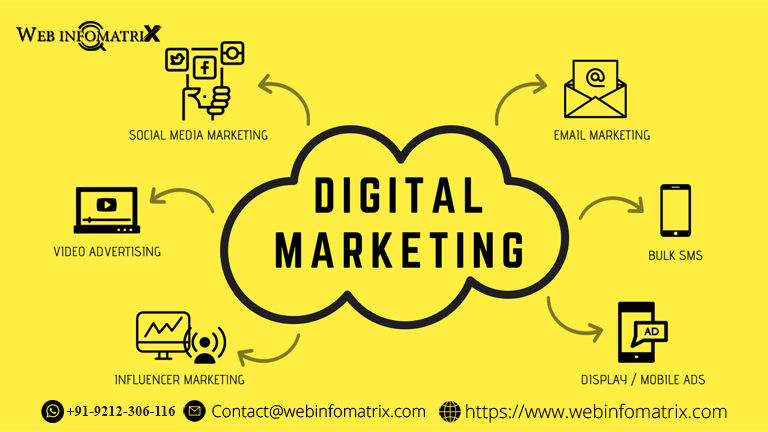Case Studies: Successful Data Segmentation in Action
To further illustrate the impact of data segmentation on email performance, let's look at some real-world examples of companies that have successfully implemented segmentation strategies.
E-commerce Retailer: Personalized Product Recommendations
Company: A leading online fashion retailer
Challenge: The retailer faced low engagement rates and high cart abandonment.
Solution: The company implemented behavioral segmentation, targeting customers based on their browsing history and past purchases. They used this data to send personalized product recommendations and tailored promotions.
Results:
- Increased Open Rates: Personalized emails saw a 35% increase in open rates.
- Higher Click-Through Rates: Targeted product recommendations led to a 50% boost in click-through rates.
- Reduced Cart Abandonment: The retailer experienced a 20% decrease in cart abandonment rates.
Key Takeaway: By using behavioral data to personalize content, the retailer was able to enhance customer engagement and drive more sales.
Travel Agency: Location-Based Offers
Company: An international travel agency
Challenge: The agency struggled with low email relevance and engagement, leading to high unsubscribe rates.
Solution: The agency segmented their email list based on geographic location and travel preferences. They sent location-specific travel offers, promotions, and destination guides tailored to each segment’s interests.
Results:
- Improved Engagement: Emails with location-based content had a 40% higher open rate compared to generic emails.
- Higher Conversion Rates: Targeted offers led to a 30% increase in bookings.
- Reduced Unsubscribes: The agency saw a 15% drop in unsubscribe rates.
Key Takeaway: Geographic segmentation allowed the agency to deliver more relevant content, which in turn improved engagement and conversion rates.
SaaS Company: Customer Lifecycle Targeting
Company: A SaaS company providing project management software
Challenge: The company had difficulty maintaining engagement with users at different stages of the customer lifecycle.
Solution: They segmented their email list based on the customer lifecycle stage, such as new users, active users, and long-term customers. They then tailored their email campaigns to address the specific needs and interests of each group.
Results:
- Enhanced User Engagement: Lifecycle-targeted emails saw a 25% increase in engagement rates.
- Higher Customer Retention: Targeted onboarding and educational content improved customer retention by 20%.
- Increased Upsells: Tailored emails promoting advanced features led to a 15% increase in upsells.
Key Takeaway: Segmenting based on the customer lifecycle allowed the company to deliver targeted content that addressed the evolving needs of their users.
Future Trends in Data Segmentation
As technology and data analytics continue to evolve, several trends are shaping the future of data segmentation in email marketing:
-
AI and Machine Learning: Artificial intelligence (AI) and machine learning are revolutionizing segmentation by enabling more advanced and dynamic segmentation strategies. AI can analyze vast amounts of data to identify patterns and predict customer behavior, allowing for even more precise targeting.
-
Predictive Analytics: Predictive analytics uses historical data to forecast future behaviors and trends. By leveraging predictive models, marketers can anticipate customer needs and tailor their email campaigns accordingly.
-
Real-Time Segmentation: With advancements in real-time data processing, marketers can segment their audience on the fly based on live interactions and behavior. This enables highly responsive and timely email campaigns.
-
Integration with Other Channels: Omnichannel marketing strategies are becoming more prevalent, and integrating email segmentation with other channels (such as social media and web personalization) can enhance overall marketing effectiveness.
-
Increased Focus on Privacy: As privacy concerns continue to grow, marketers will need to prioritize data security and compliance. Implementing transparent data practices and obtaining explicit consent will be essential in maintaining customer trust.
Data segmentation is a critical component of a successful email marketing strategy. By dividing your email list into targeted segments based on various criteria, you can deliver more relevant content, improve engagement, and drive better results. The benefits of segmentation are clear—higher open rates, increased conversions, and a more personalized customer experience.
Implementing effective segmentation requires a strategic approach, including gathering and analyzing data, defining meaningful segments, crafting targeted content, and continuously testing and optimizing your campaigns. By staying informed about emerging trends and leveraging advanced technologies, you can ensure that your email marketing efforts remain effective and impactful.
In summary, data segmentation empowers you to connect with your audience on a deeper level, leading to more successful email campaigns and a stronger relationship with your customers. Embrace segmentation as a key component of your email marketing strategy and watch as it transforms your performance and drives your business forward.























